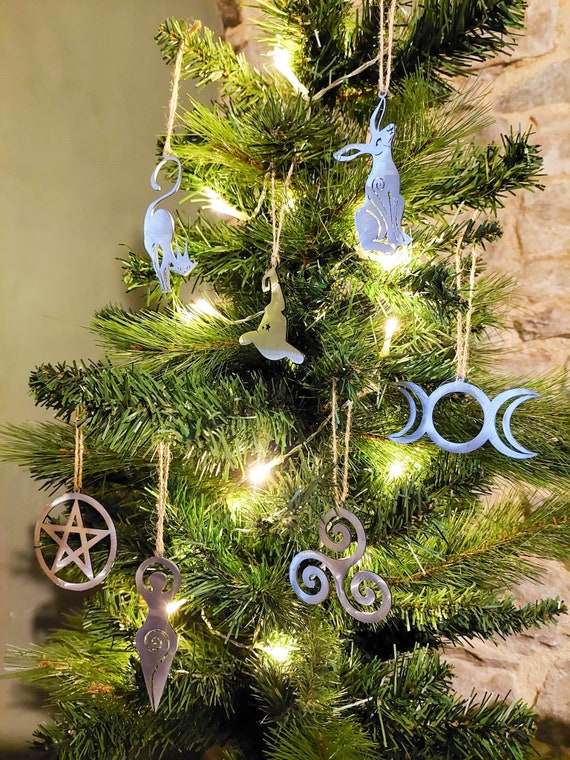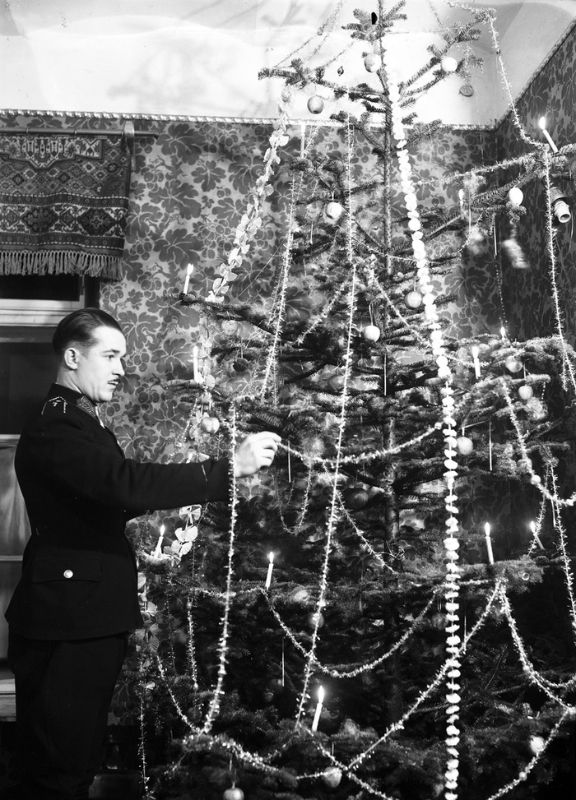As the holiday season approaches, many people begin to think of the beloved tradition of decorating trees. While most associate this activity with joyful celebrations, some believe it to have deeper, more mystical implications. In this article, we will delve into whether decorating a tree can be considered witchcraft, what the historical contexts are, and how this practice holds personal meaning for many.
What is Witchcraft?
Witchcraft, often shrouded in mystery, refers to the practice of using magical powers or supernatural forces. It encompasses various traditions and spiritual beliefs, typically involving rituals, spells, and a connection to nature. This article explores how tree decorating fits into this broader category.
The Historical Significance of Trees in Witchcraft
Trees have always held a significant place in various cultures and religious practices. They symbolize life, growth, and connection to the Earth. In many pagan traditions, trees are seen as sacred, often considered living entities with their own spirits.
Common Trees in Witchcraft
- Oak: Represents strength and endurance.
- Pine: Symbolizes longevity and resilience.
- Willow: Tied to healing and intuition.
- Cedar: Often used for purification and protection.
Can Tree Decorating be Considered Witchcraft?
The act of decorating a tree can indeed intersect with witchcraft, depending on the intention behind the practice. Various elements such as the type of decorations used, the timing, and the personal belief can transform this seemingly simple activity into a potent ritual.
Intent and Energy
In witchcraft, intention is crucial. When someone decorates a tree with specific goals in mind (such as attracting prosperity, abundance, or love), the act takes on a new meaning. Here’s how different types of decorations can channel specific energies:
| Decoration Type | Intended Energy |
|---|---|
| Crystals | Healing and Protection |
| Herbs | Love and Attraction |
| Colored Lights | Joy and Positivity |
Personal Experience: My Journey with Tree Decorating
As someone who has always found joy in the art of decorating trees, my experiences have shaped my understanding of the magical aspect of this tradition. One year, I decided to approach tree decorating with a more intentional mindset.
The Ritual of Decorating
That year, I adorned my tree with items that held specific meanings for me. Each decoration was chosen carefully, from ornaments representing cherished memories to garlands made of herbs for love and protection. This intentional approach transformed the act from mere decoration to a meaningful ritual.
Pros and Cons of Viewing Tree Decorating as Witchcraft
Before you embrace or dismiss the notion of tree decorating as witchcraft, let’s examine some of the pros and cons associated with this perspective.

Pros
- Deepens Meaning: Treating tree decorating as a ritual can enhance the emotional and spiritual significance behind the activity.
- Connection to Nature: It encourages a stronger connection with nature and its cycles.
- Creativity: It promotes creativity as you choose decorations that align with your intentions.
Cons
- Misunderstanding: Some may misconstrue your intentions and associate them with negative connotations.
- Too Ritualistic: It may become overly complicated, detracting from the joy of the holiday.
- Exclusivity: This viewpoint may alienate those who are simply looking to enjoy the festive aspect without the spiritual weight.

Comparing Traditions: Tree Decorating Across Cultures
Tree decorating is not confined to one culture or belief system. From Christmas trees to Yule logs, different traditions around the world incorporate trees in unique ways.
Tree Decorating Traditions
| Culture | Tradition |
|---|---|
| Western (Christmas) | Decorating evergreen trees with ornaments and lights. |
| Pagan (Yule) | Bringing evergreen branches into the home to celebrate life’s endurance in winter. |
| Indian (Diwali) | Decorating trees with lights to celebrate the victory of light over darkness. |
| Chinese (Chinese New Year) | Using decorations such as red lanterns and paper cuttings to invite good fortune. |

Modern Interpretations: Is It Still Witchcraft Today?
In contemporary society, the lines between different practices have blurred. Many people blend traditional holiday practices with personal beliefs, which may include aspects of witchcraft.
Wiccan Influence
In Wicca, the practice of decorating trees can incorporate nature-based elements, affirming a bond with the earth and its energies.

Sustainable Practices
More recently, the trend of sustainable and eco-friendly decorations has emerged, aligning with the belief in respecting nature—a core component of many witchcraft traditions.
FAQs About Tree Decorating and Witchcraft
1. Can anyone practice decorating a tree as witchcraft?
Absolutely! Anyone can incorporate personal beliefs and intentions into tree decorating, making it a unique expression of one’s spirituality.

2. What types of decorations are considered “witchy”?
Decorations that hold personal significance, natural elements, crystals, and items that symbolize your intentions can all be considered “witchy.”
3. Is it wrong to mix traditions?
Mixing traditions can enrich the experience, allowing for personal interpretation and meaning. What matters most is your intention behind the practice.

4. How can I start incorporating witchcraft into my tree decorating?
Begin by setting your intentions, choose meaningful decorations, and consider performing a small ritual as you decorate.
5. Does tree decorating have to be serious?
Not at all! While it can hold deep significance, the act can also be a fun and enjoyable experience, blending both joy and intention.
Conclusion: Embracing the Magical Aspect of Tree Decorating
Whether you view decorating a tree as a light-hearted holiday tradition or a profound spiritual practice, embracing the personal meaning it holds for you is what truly matters. As you prepare to decorate your tree, remember that every ornament and light can carry its own story and intention. Happy decorating!